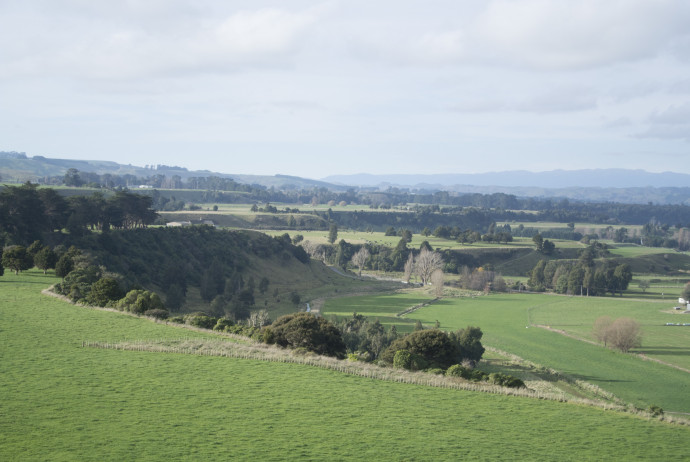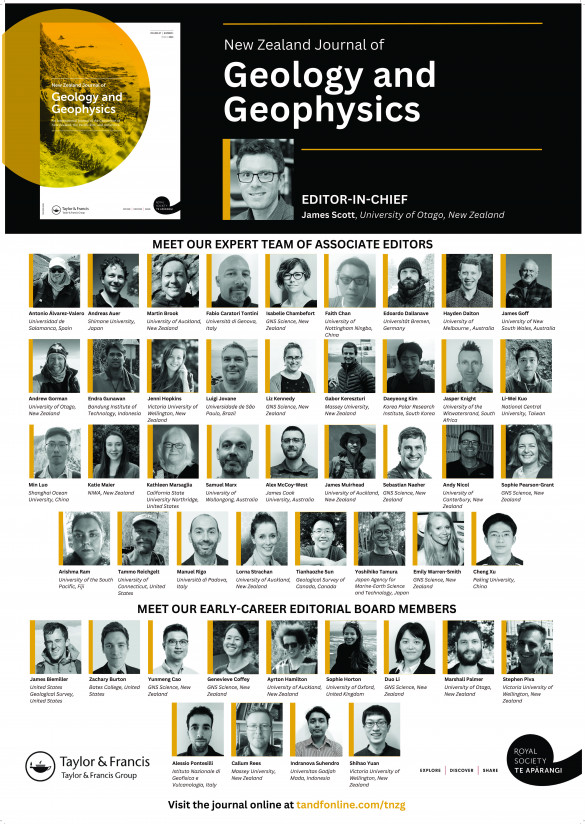News
Published 30 April 2024NZJGG call for papers: Special issue on Southern Hemisphere dust production, transport and loess deposition

This special issue of the New Zealand Journal of Geology and Geophysics invites submissions with a primary focus on dust records across the Southern Hemisphere.
Major Southern Hemisphere landmasses act as a source and sink for dust, which plays a key role in landscape development, climate, ocean fertilisation and biogeochemical cycles. Loess-paleosol sequences, the expression of these dust events, are one of the most important terrestrial records of Quaternary climate change, representing an analog to deep-sea sediment records. Loess records are increasingly being supplemented by records of dust deposition reconstructed from ice fields, swamps and lakes, which provided new insights into the temporal variability in dust emissions and the spatial reach of dust deposition. Collectively dust and loess records provide a unique opportunity to assess landscape stability/reactivation through time, reconstruct atmospheric circulation, and estimate past climates. A better understanding of these archives is crucial as we look to assess our current climate trajectory.
We seek to present a comprehensive collection of reviews and case studies on dust/loess production, transportation and deposition across the Southern Hemisphere. We invite manuscripts to explore themes related to dust/loess through time throughout the Southern Hemisphere, including Aotearoa New Zealand, Australia, Chile, Argentina, Papua New Guinea, Antarctica, Southern Africa.
The New Zealand Journal of Geology and Geophysics, a Q1 journal, currently has an impact factor of 2.2. There are no page charges or publication fees under the traditional subscription-based publishing model. Furthermore, affiliation with any of the 42 universities in Australia and New Zealand or a growing range of global institutions, may mean that you can publish your articles Open Access at no cost to yourself.
Submission Information
Please send a preliminary title, indicative author list and a short descriptive paragraph outlining the scope of your proposed manuscript to Dr Callum Rees c.rees@massey.ac.nz by 1 July 2024.
Authors will be notified of the result and formally invited for full submission by 31 July 2024, while the final submission deadline is 30 April 2025, with the aim of getting the special issue formally published in late 2025. Individual articles will be published online with a DOI before they appear in the special issue.
Acceptance for publication will depend on the outcome of the normal peer review process and authors meeting critical time schedules. It is important that your manuscript is prepared according to the Instructions for Authors of the New Zealand Journal of Geology and Geophysics.
The guest editorial team includes Dr Callum Rees (Massey University), Dr Sam Marx (University of Wollongong), Prof. Diego Gaiero (Universidad Nacional de Córdoba) and Prof. James Scott (University of Otago). Please direct any queries to the Guest Editors.
Loess, paleosol and tephra cover beds over Late Pliocene Timaru Basalt at Dashing Rocks, New Zealand. Image credit: Sam Marx.

